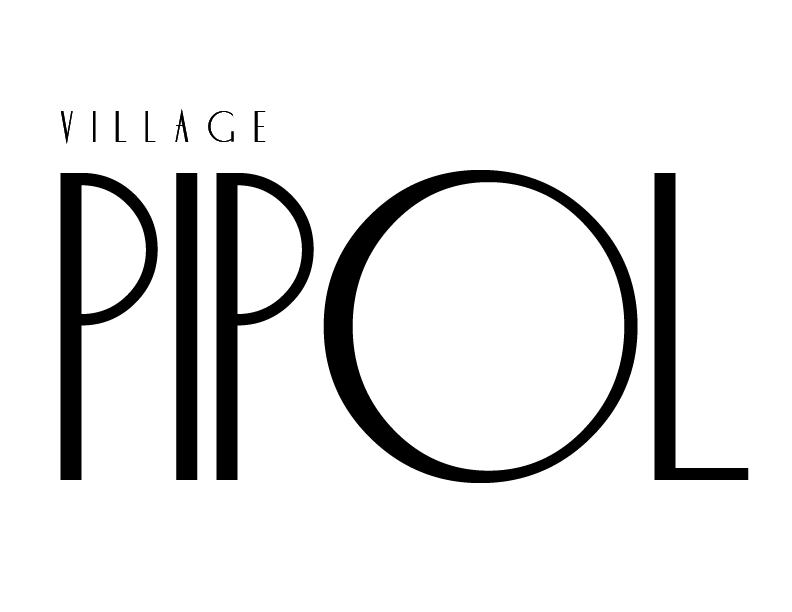Aswang Festival: a stigma turned into a festive celebration

When I was young, my mother told me a story about her childhood place in Eastern Samar. She witnessed a swine transformed into a human through her naked eyes. She called it an ‘aswang.’ It was that moment when I uttered,
“I am terrified to go there.”
Filipinos learned to embrace the diverse narratives from the past, such as folklores. It’s too innate for us to run our mouths whenever we hear these distinctive stories. All the ears prick up, especially when it pertains to supernatural acts.
Among the oral histories, tales of mysterious creatures are no stranger to us. And for sure, even the young ones know the folklore of the aswang. The flesh-eating, shapeshifting creature who captures human prey, infamous particularly in the Visayas region. But, among the stigmatized places, common myths dubbed the province of Capiz as the capital of these ghouls.
It’s spine-chilling, yet fascinating, to hear first-hand encounters of this supernatural being, may it be through testimonies, television shows, or just grapevine conversations. On the other hand, these narratives vilify Capiznons’ repute. But what if this stigma turned into a festive celebration?

Behind the petrifying celebration
Amid the stories portraying the province as a haven of aswangs, a group of young professionals transformed this connotation into a remarkable one. In 2004, Dugo Capiznon, Inc. organized the three-year initiative, Aswang Festival, in Roxas City, Capiz.

The festival aimed to outstrip the negative notion labeled to the province. They promoted the captivating image of Roxas City, also known as the Seafood Capital of the Philippines. As the residents showcased their mouth-watering seafood dishes, artistic handicrafts, and picturesque landmarksーtourists embraced the Capiznon culture. Additionally, the fiesta boosted the locals’ small enterprises through trade exhibits as it intended to boost the province’s economy.

The celebration also marked the creativity of the people, participating in the eye-catching parade of mythical creatures. The residents filled the streets, wearing their interpretations of creatures like tikbalang, kapre, and wak-wak.

Moreover, the event also served as an avenue to educate people about the local history and the possible origins of the infamous aswang myths in the province. Through the symposium, organizers discussed the cultural, historical, and paranormal perspectives of the notion.
Halted as criticisms blow
It was, indeed, a colorful tradition. However, the distinctive observance lasted for only three years as the opposition expressed their disapproval.
The religious sector hampered the occasion, claiming that the event simply fostered a continuous belief in aswang and instilled terror in children. Furthermore, the city’s incumbent mayor did not support the initiative, after holding the position in 2007.
Following the roll of adversities, the organizers were in dire straits. It became challenging to obtain sponsorships, causing a halt to the vivid celebration.
Even in the short term, the Aswang Festival proved that we can maximize a bleak brand. The organizers outstandingly turned it into something vigorous.
The existence of aswang may be true or not, but non-Capiznons should appreciate the rich culture of Capiz rather than disparaging it.
Now, it’s time for me to explore the beauty of my mother’s hometown of Eastern Samar.
John Alfred Esmilla is an aspiring online journalist and educator. In his free time, he plays Mobile Legends and watches reality shows.A pitcher of coffee fuels him. He believes that height is just a number, so don't dare to ask it. His love language: acts of service.





